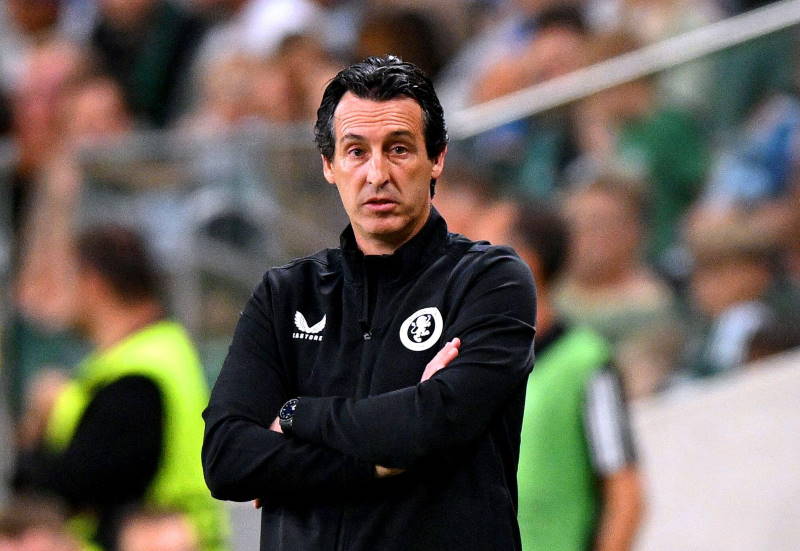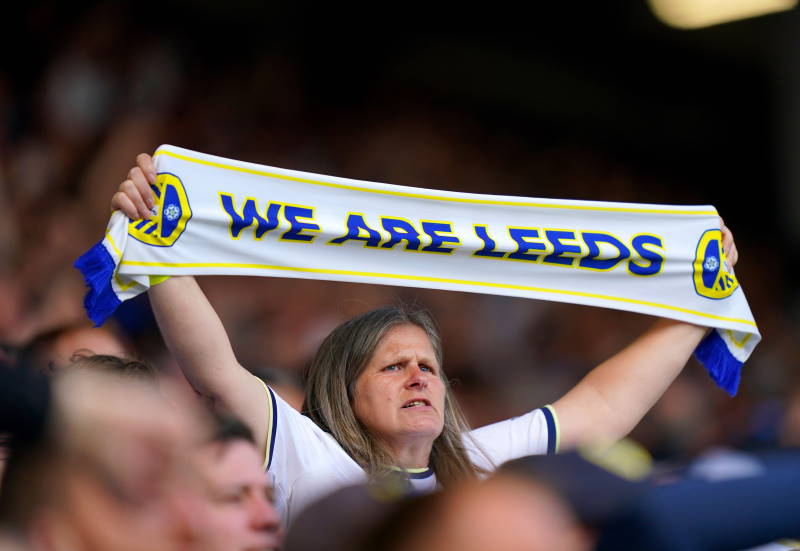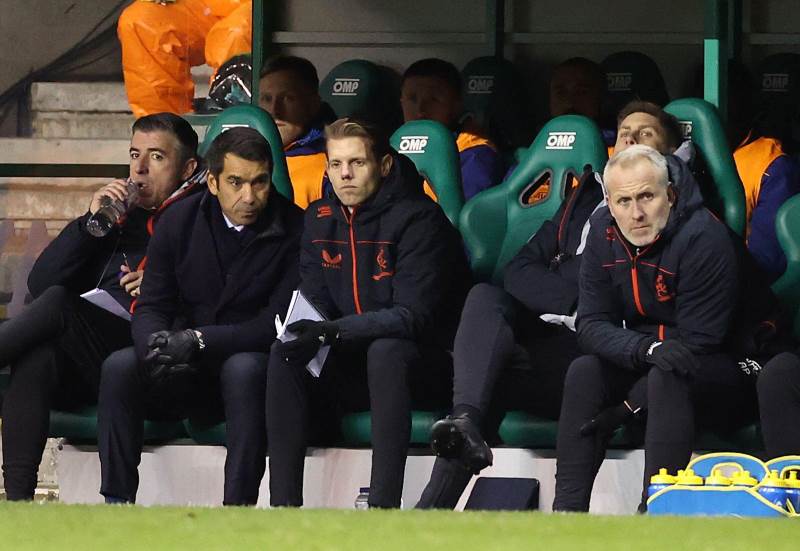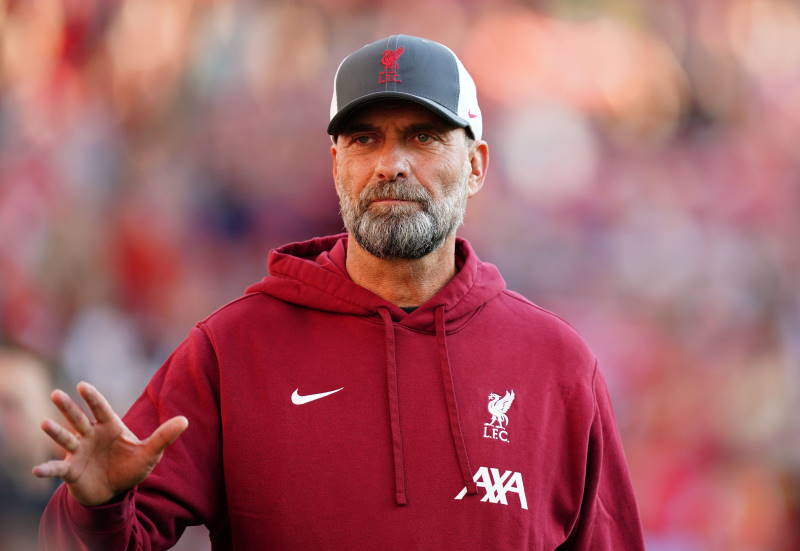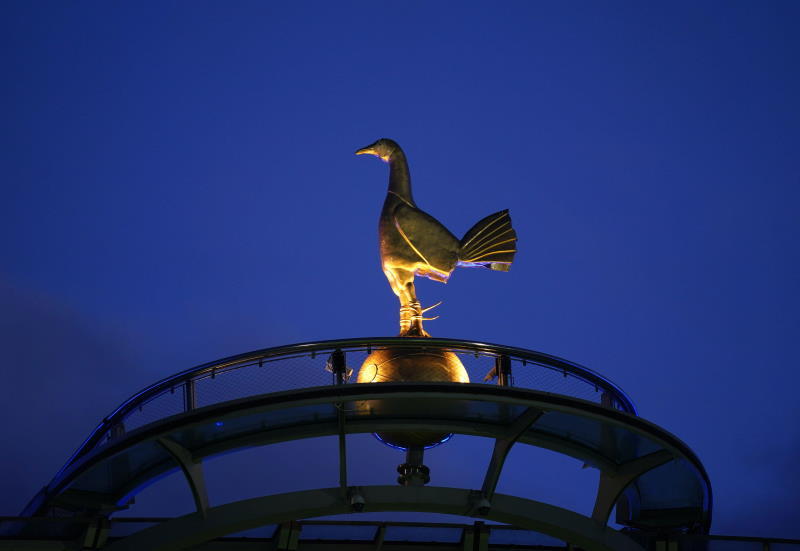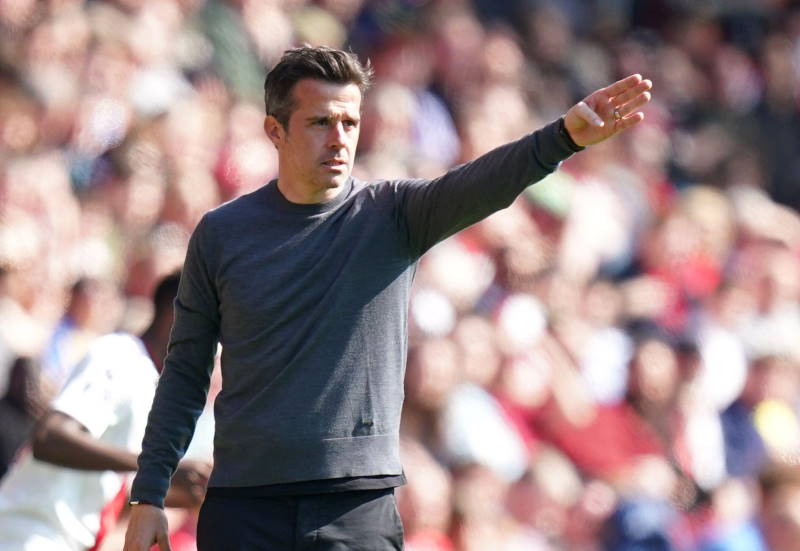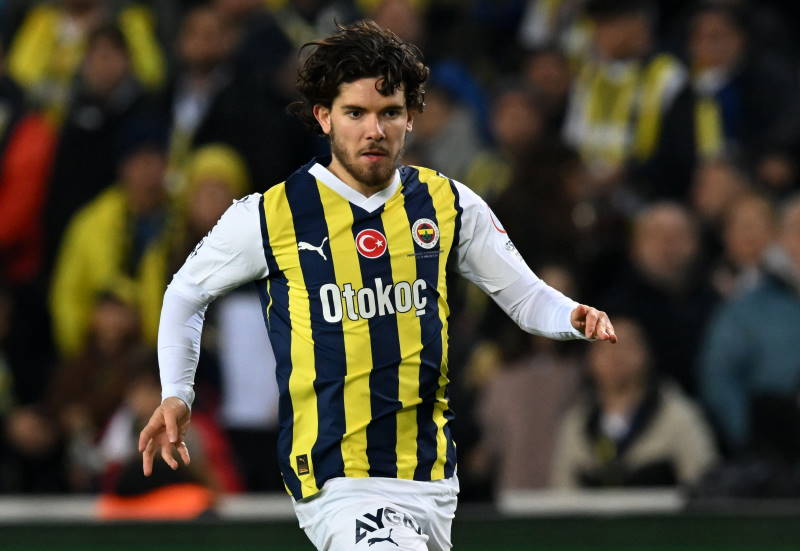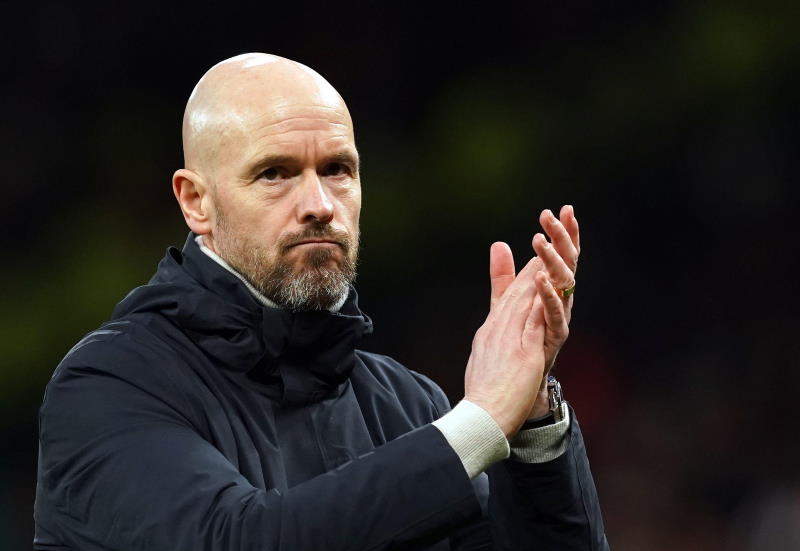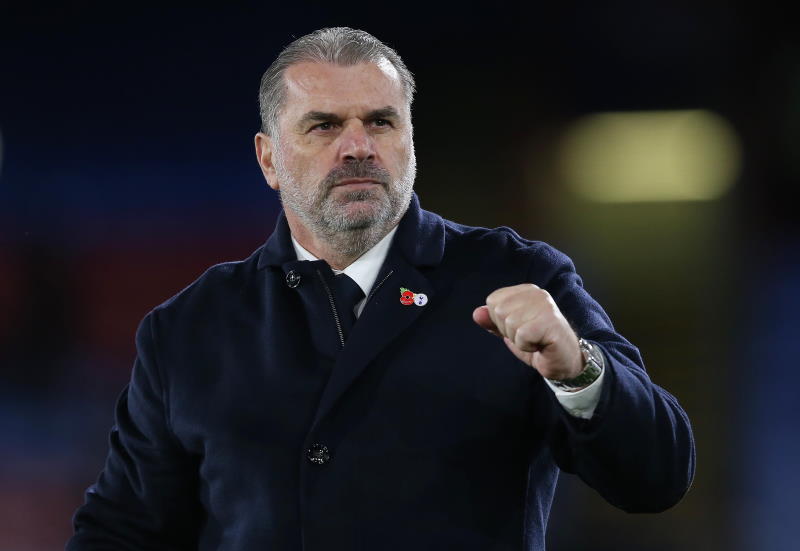
Tom Tomsk’s 2-0 win at Spartak Nalchik, which took the Siberian outfit off the bottom of the Russian Premier League table, may seem like just another team battling against relegation. But Tomsk’s fight against the drop tells a small but important story of the state of Russian football. When the White-Greens were saved from bankruptcy in January, it was the second time they had come close to the precipice that is financial oblivion in three years. In 2009, Tomsk had also teetered on the edge of bankruptcy; this time they were saved when then-Russian Prime Minister Vladimir Putin, recently elected president, encouraged energy companies to rescue the club.
The Siberian side had run into trouble after the regional government had withdrawn funding with the team lying at the bottom of the Russian Premier League. They had also lost significant sponsors, such as Transneft and Allianz.
In stepped Putin. At a meeting with football supporters in St. Petersburg, the former KGB colonel said: "I’m ready to give the order, or a request, I can’t force them, they’re public companies, but I can ask the companies in the region to invest in the club. We need [the companies] to control the financial side and other things not directly associated with sporting activities, such as the financial material side of the functioning of [Tomsk]."
Within a month state owned energy giants Rosneft and Gazprom rode to the rescue, throwing 50M rubles at the problem, enough to resolve Tomsk’s short-term cash crisis as well as have money left over for a transfer raid that could keep the side in the top flight. Why would Putin have pushed the companies to do this? It is part of the plan that is Russia’s decade of sport.
Not only is the World Cup arriving in this vast country in 2018, but by then Russia will have also held both the World Aquatics and Athletics Championships, the World Ice Hockey Championships, a Formula One grand prix, the World University Games and the Sochi Winter Olympics, in 2014.
So is it a coincidence that no similar efforts were made to save the team in Sochi which folded last year? With so much investment in the Black Sea resort, it is perhaps less important for such heavy sums to be poured into financing their football team; the town is being completely renovated. And what of Torpedo Moscow, who went bankrupt in 2009, or FC Saturn two years’ later? Is it surprising that no helping hand was lent to two teams playing in the country’s capital? It should not be. For a nation which is so centralised, sport is a useful tool with which to develop the regions. Clubs in need may be able to expect a helping hand from the state if regenerating their region is a priority for the Russian government, but if the team are playing in Moscow, standing on their own two feet is required: That is the message sent.
This is also behind much of the investment at Anzhi Makhachkala, where Suleyman Kerimov pours in the seemingly unlimited finances that have drawn Samuel Eto’o, Roberto Carlos and Guus Hiddink to the conflict affected region of Dagestan in the south of Russia. Anzhi though of course get to work in Moscow, only flying into Makhachkala on match days to entertain the public, and distract them from the Islamist inspired insurgents who bring violence, chronic unemployment and corruption. Kerimov of course is one of those billionaires, of whom there are many in the oil and gas rich country, and is an ally of President Putin. Indeed, he joined his United Russia party back in 2007.
Millions are slated to be spent in Makhachkala on football infrastructure by Kerimov, a plan which can reduce unemployment and give hope to the local population. It is to be fair, a logical investment scheme. But the case of Tomsk highlights a burning question – is it sustainable?
The answer is probably not. So much is predicated on Russia’s natural gas and oil reserves, and billionaires of course, who are everywhere – from Leonid Fedun at Spartak Moscow to FC Krasnodar’s Sergei Galitsky. The rise of CSKA Moscow and Zenit St. Petersburg as European football powers cannot be said to be totally unrelated to their respective millions brought in from Sibneft (the oil giant Roman Abramovich made much of his fortune with) and Gazprom. But the oil and gas money can only last for so long – which is why most countries are attempting to wean themselves off reliance on such commodities.
Last year the German Institute for Economic Research concluded that Russia would run out of energy reserves by 2023. Though the boom enjoyed around the turn of the century has done much to revitalise the country, the former Soviet state now faces a situation where it needs to make a $280 billion investment just to maintain current levels of energy production. But throwing money at a problem is a notoriously ineffective way of getting anywhere, as the case of Tomsk shows. And some might say, it is also shown by Abramovich. To be fair to the Chelsea owner, he is one of those involved in the game who genuinely likes the sport, but spending and spending only reaped a short term reward for his team, and now the club are fighting decline.
The key to long term sustainability, in football at least, is based around charging fans to turn up at the stadium on a match day, and income from television revenue. But attendances in the Russian top flight currently average around 14,000, and though new grounds are being built for the 2018 World Cup, that does not necessarily mean this will increase. Dynamo and CSKA Moscow after all, share the recently built Arena Khimki, but neither average anywhere near the ground’s capacity. And in terms of television revenue, officials at the Russian Premier League only hope to increase the annual income they make from selling their rights to the league from €42M to €62M in the years to come.
Yet clubs continue to make losses of approximately €10-15M a season, and even if the Russian Premier League’s plans are successful, the increase in television revenue will make only a small dent in that figure. The solution to these myriad problems will take more than Putin leaning on the country’s oil and gas companies for help.

